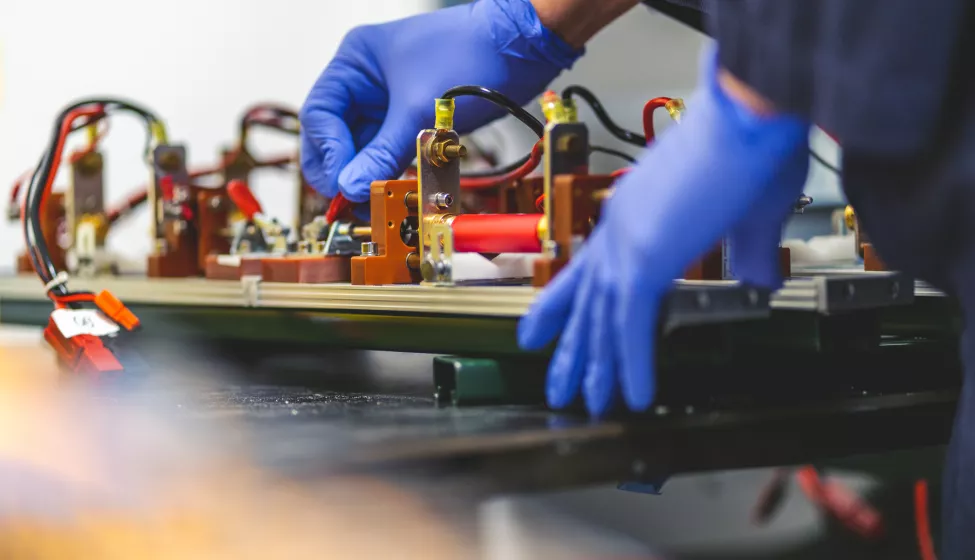April 1, 2021
With 50% of global product sales and more than 400 companies in the electric vehicle (EV) business, China is paving the way for 21st century vehicle innovation. Unfortunately, several EVs have caught fire in China over the past two years while on the road, charging, or parked.
Although class action lawsuits and product liability claims are relatively rare in China compared to the U.S. and Europe, the financial impact of these incidents can have lasting effects. Manufacturers who experience product safety issues in China can face challenges securing the financing needed to maintain operations, uphold public image, and go to IPO.
To stay ahead of safety issues, EV manufacturers in China can embrace a proactive approach to fire incident prevention and risk mitigation.
When a vehicle fire occurs, it is important for manufacturers to perform a timely and thorough investigation to understand whether the root cause was an isolated or systemic issue. By adopting these strategies for vehicle fire prevention and investigation, EV manufacturers can help mitigate risks to both user safety and commercial viability.
A Proactive Approach to Risk Mitigation
EV manufacturers can help minimize the risk of accidents or losses by proactively managing risk and adopting good safety practices. Because EV fires often stem from battery issues, it is especially important to select quality battery suppliers who provide safe and reliable products and to perform routine design reviews and safety assessments that focus on the battery management unit (BMU), the battery cells, and the battery pack.
In addition to in-factory battery audits, EV manufacturers may choose to perform their own safety evaluations of battery cell construction and chemistry. Continuous monitoring of randomly selected cells can also help manufacturers identify changes in battery manufacturing quality over time.
Early Incident Investigation
When EV fires occur in China, local authorities including the fire department have an important role in determining how the event was initiated. Having qualified vehicle, thermal, and battery experts on site to work with local authorities before final reports have been drafted is important for manufacturers to fully understand the potential root causes of an incident.
A comprehensive investigation at both the system level and battery cell level can help determine whether an EV fire stemmed from isolated battery defects, contamination, or fast-charging algorithms, or whether the issue was systemic to an entire battery batch or vehicle fleet. It can also answer questions about what could have been done to reduce the severity of the accident or to reduce injuries to those involved.
Exponent's investigative framework begins with developing a sequential accident history consistent with the physical evidence. Through a series of systematic steps, including document review, identification of technical issues, accident site documentation, and vehicle and component inspections, we can determine what happened in an accident and why. Our analyses also include evaluation of the dynamic behavior of vehicles, vehicle and component testing, and communication of technical results in a clear, timely, and effective manner.
How Exponent Can Help
Exponent's team of lithium-ion battery and thermal science experts has developed a consistent investigatory framework for proactive risk assessment and root-cause failure analysis. We can evaluate the vehicle as a whole, the protection circuitry, and the individual battery cell to help manufacturers optimize the safety, reliability, and commercial viability of their electric vehicles. Whether the objective is design analysis, component testing, or accident reconstruction, our knowledge of vehicle systems and accident reconstruction principles adds insight and proficiency to every project.

